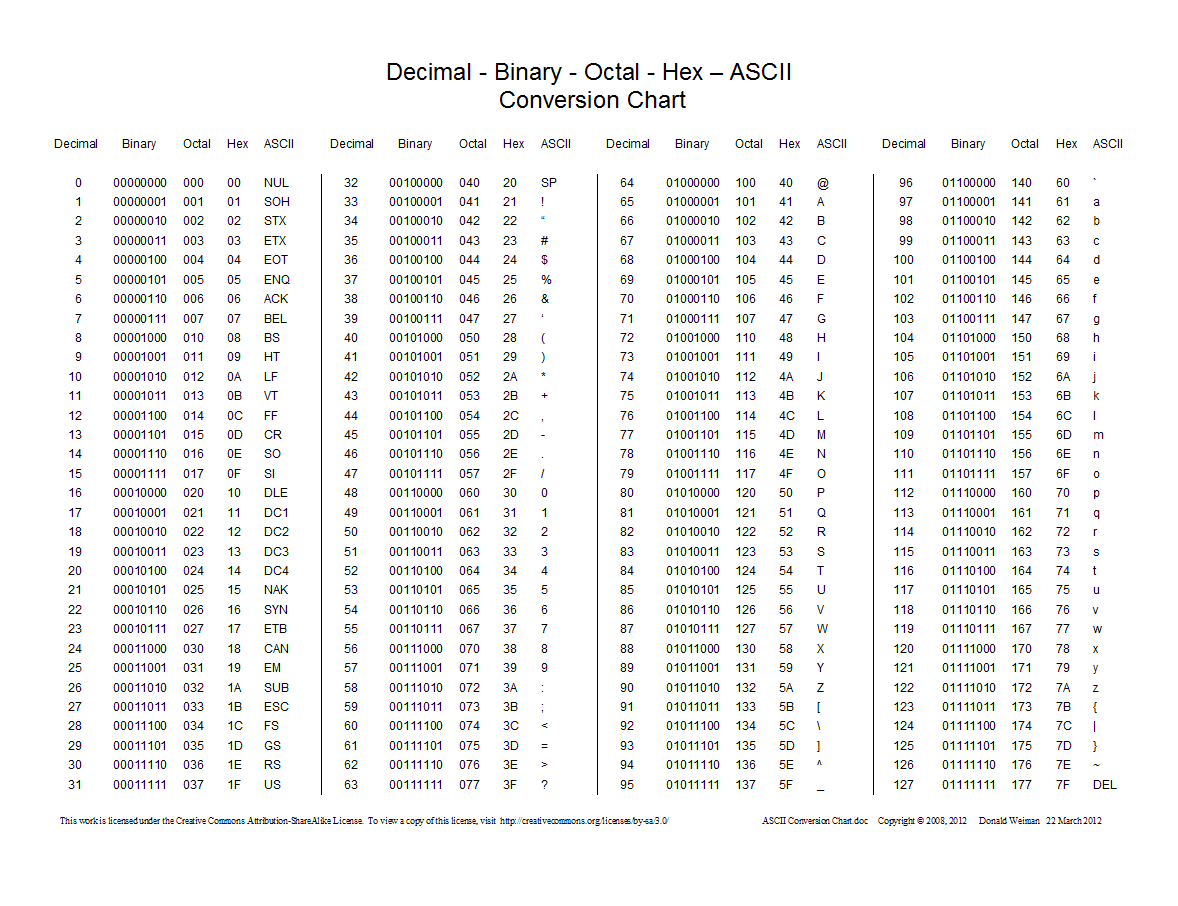In this LESSON you will learn about: |
Learning Objectives: |
|
|
Lesson Overview |
Resources |
|
Starter:
Look at the keyboard in front of you. Each character requires one byte of memory.
Main: In this lesson you will learn how Binary is used to represent characters. ASCII is the American Standard Code for Information Interchange which is used to convert between Binary and characters. Plenary: Complete the MCQs and then peer mark, which questions did you get wrong and why? Write down the answer / correct response in your book.
|
| ||||||||||||
Home Study:
Complete the worksheet either the easy or medium challenge.
| HW information | |
| File Size: | 873 kb |
| File Type: | docx |

